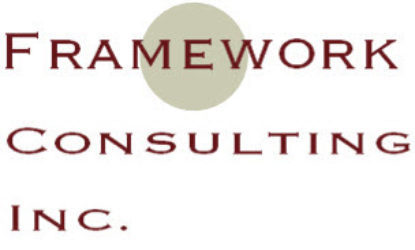In the realm of corporate leadership, CEOs often find themselves in unfamiliar territory when it comes to matters of human capital and corporate culture. It’s a predicament stemming from the fact that most CEOs don’t have an HR background. Consequently, they may grapple with intricate inquiries from board members regarding these vital aspects.
For CEOs looking to bolster their effectiveness in this domain, waiting for the HR department to evolve may not be a viable strategy. So, what steps can they take to enhance their leadership skills in the interim?
Stepping into the role of CEO can be an eye-opening experience. It often reveals that a significant part of the job revolves around human resource skills, sometimes overshadowing their finance or operations expertise. In this new capacity, talent management takes center stage, as nearly all organisational objectives hinge on the contributions of the workforce.
However, CEOs without a background in HR may lack the insights and instincts honed by HR professionals over the course of their careers. Given the relatively brief tenures of CEOs, there’s no luxury of time to let these skills develop gradually. A more expeditious route is needed.
Thankfully, a viable shortcut exists in the form of People Analytics. This concept stands apart from HR Department Analytics as it encompasses comprehensive, company-wide tools designed to address human capital concerns spanning all departments. These tools are indispensable for every manager, including CEOs.
Indeed, they should be integrated throughout the organisation, including at the board level. For example, one client introduced a novel metric to the board: average board member age, with the goal of substantially reducing it.
People Analytics extends even further, encompassing customer and prospect data captured by the marketing and sales departments. This data proves invaluable for identifying customer preferences and emerging trends.
Furthermore, the EU’s new Corporate Sustainability Reporting Directive (CSRD) mandates the use of People Analytics for supply chain disclosures. The aim is to prevent child or slave labor exploitation by suppliers in their factories.
Nevertheless, many Caribbean companies grapple with inadequate or non-existent performance management systems, leaving leaders without the fundamental data they need.
So, how can CEOs infuse People Analytics into daily operations?
1. Reconsider the Role of the CEO
While CEOs are often willing to take ownership of bottom-line financial results, particularly in the short term, it’s crucial to recognise that these outcomes are fundamentally driven by human capital. Consequently, the prevailing corporate culture should be a top concern.
Delegating this responsibility to HR might seem like a convenient option, but it’s a mistake. The ultimate accountability rests with the CEO.
Surprisingly, it’s not common to see top leaders explicitly call for a specific transformation in corporate culture as part of their strategic plans. They may not perceive this as their responsibility or might feel it’s beyond their capabilities. Unfortunately, this oversight can inadvertently foster toxic work environments.
2. Demand Effective Dashboards
Establishing responsibility is just the beginning; it’s far from sufficient.
Think about the processes involved in gathering the data necessary for financial accounts, the methods used to manage them, and the supporting technologies. Fortunately, standardised reporting and ratios have streamlined this process, and today’s executives expect information to be presented in widely accepted formats.
Consider these financial reports as a kind of dashboard—a tool that allows leaders to analyse recent data through a particular lens.
Regrettably, there are no such universally recognised standards or dashboards for People Analytics. The closest comparison might be the Balanced Scorecard, primarily designed to monitor the progress of strategic plans. While it does include a “People Perspective” (also known as “Learning and Growth”), it offers only rudimentary assistance.
Start by utilising the Balanced Scorecard but also create customised dashboards to monitor routine human capital activities. Treat these dashboards as both a crystal ball for making predictions and a microscope for examining the past.
3. Invest in, and Expect an ROI
Unfortunately, many HR departments lack the level of sophistication required for the transformation discussed here. Consequently, they struggle to advocate for game-changing investments that could revolutionise the organisation.
In essence, People Analytics is caught in a classic chicken-and-egg dilemma. Demonstrating a return on investment (ROI) for the necessary tools is crucial. However, if the data required to make this case is absent due to the lack of these tools, it’s challenging to know where to begin.
As a CEO, it’s imperative to recognise this predicament and acknowledge how it’s impeding organisational progress. Simultaneously, you must take proactive steps to overcome it.
Start by investing in the training or analytics tools that HR needs to assume a leadership role in this area. Begin with initiatives that promise quick wins and can initiate a transformation in People Analytics across the entire company, starting with the HR function.
By taking these three essential steps, you’ll move closer to the ideal scenario—a company equipped with these capabilities across all areas. In contrast to many other Caribbean companies, you’ll be well-prepared to compete effectively in the global marketplace.
This article was based on an earlier version published in the Jamaica Gleaner.

